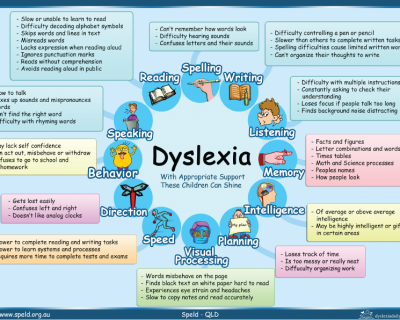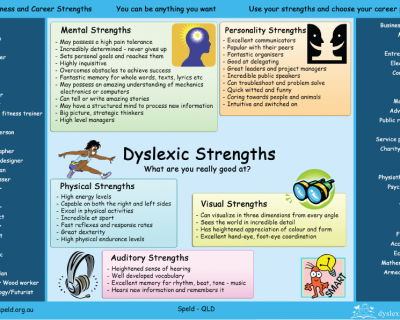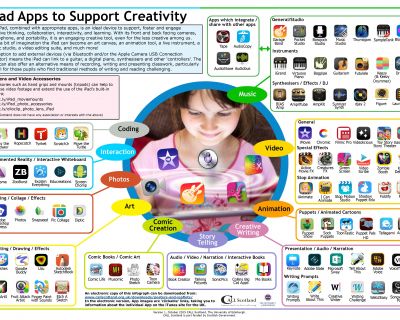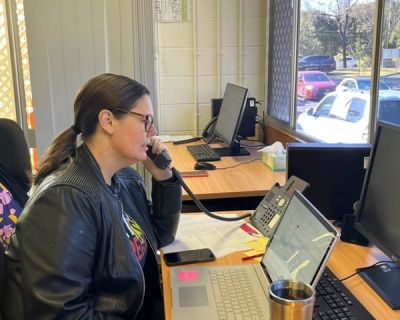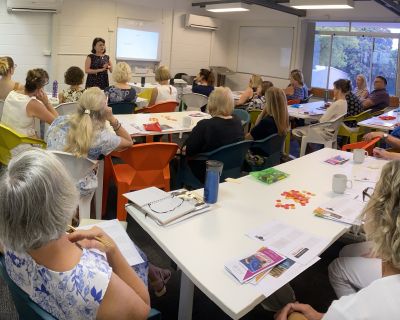Mutisensory activities using wooden letters to develop reading and spelling skills
The value of multi-sensory learning is that it enables students to use their own approach to the tasks through using their strong areas and at the same time exercising their weaker areas (Hickey; 2002)
The aim is for the student to acquire permanent, automatic response to the names-sounds-shapes of phonograms (i.e. a symbol representing a vocal sound), and the ability the put them into the correct sequential order. Visual, auditory, tactile-kinaesthetic and oral-kinaesthetic perceptual systems must interact sufficiently to make learning secure so the student can quickly and easily produce any aspect of the phonogram for reading or spelling.
Why do students need to practice the alphabet with wooden letters?
- · The alphabet is the basis of all written language
- · Alphabetical order is the basis of most of our reference systems. Students need to master ‘alphabetical order’- which provides the foundation for use of a dictionary and all alphabetical references
- · The activities allow for practice of automatic recall of the name and sound of each letter
- · Wooden letters have no back or front- so the student needs to work out if the ‘b’ is a ‘b’, ‘d’ or ‘p’- this allows for practice in correct orientation of confusing letters
- · Students must understand that the letters are symbols representing speech sounds, which are the ingredients of words.
- · Students must have automatic recall of the sound/s made by the letters to be able to read fluently.
Suggested activities
Ten minutes, five days a week is recommended. Keep it fun!
Uppercase or Lowercase letters may be used.
Click on the links to our Speld Videos on You Tube for demonstration of some of these activities.
These activities may be used in a one-to-one situation or in pairs in a school situation. These activity ideas are compiled from Hickey Multisensory Language Course and Alpha to Omega.
- Recognising letters by feel- students select a letter from a bag, with their eyes closed, and work out by feel what the name of the letter is, then say the sound (s) made by the letter. Extend this by asking the student to name 3 words beginning with that letter/sound. Be careful that they give words beginning with the sound if that is what you have asked for- the /k/ sound can be words such as cat, kettle, and clip but not chip. If you ask for words beginning with ‘k’ they might be ‘king’, ‘kite’, ‘kettle’ etc- this allows for discussion about ‘k’ always being used for the /k/ sound before the letters ‘i’ and ‘e’ at the beginning of words. Also ask the student to name three words ending in a particular sound.
- Sequencing letters in the correct order from A to Z working from left to right. If an error is made say 'check the letter that starts the word 'duck'- which way does that letter go?' (Younger students and those with severe visual memory difficulties will need to have a reference chart to check the orientation of the letters).
- Play a game with the student: Student closes eyes and parent mixes up letters/ reverses some and takes some away, closing the gaps. Student opens eyes and needs to correct the sequence as fast as possible. Swap roles- keep it fun!
- Touch the letters in sequence giving the name and sound. This reinforces automatic recall of letter/sound knowledge. Watch out for the correct sounds made by 'g' and 'u'.
- Teach the vowels- ‘a e i o u- without these vowels, no word can you do!’ Student quickly takes those letters out of the whole sequence naming them and then quickly puts them back into the sequence. Teach also that each syllable has a vowel, and we sometimes borrow ‘y’ as a vowel in ‘my’ and ‘try’. Be careful to teach the correct short and long vowel sound made by these letters.
- · Onset and rime. Extract the vowels and ‘x’ and ‘q’. Select one vowel to make a rime. Blend the onsets to the rime at speed. (Onset is the letter/s that come before the vowel in a word. Rime is the vowel and all letters coming after: c/at s/et/ br/ead pl/ank).
- Saying sequence of letters starting at a given letter- this is to teach the sequence of letters without always going back to A. Ask the student to name the 5 letters that come after 'e'- at first they can look at the sequence and then try without looking. Swap roles and keep it fun!
- Making words: Say a word, student repeats the word and makes the word, then says the word again. Say another word that uses some of the letters/sounds in the previous words so that the student must identify which letters are kept- good for phonological processing skill development. Also, once a rule has been taught- e.g. ‘k’ is used before ‘i’ and ‘e’ at the beginning of words, use a list of words targeting that rule e.g. kip, cap, cot, cut, kit, keg etc.
- · Developing Memory: Auditory: with the alphabet sequence laid out, say a series of letters, starting with 4 such as K P F Y. Student repeats the sequence and then collects the letters in the correct order. Then move on to a sequence of 5 letters. Teach student to rehearse the series/ visualise to aid memory. Swap roles to keep it fun- student then has to remember their own sequence to correct you.
Visual: Show a series of random letters for 3-4 seconds and then hide. Student must verbally repeat the series and then lay out the letters in the correct order.
Auditory Working Memory: Say three words, such as man, cap, toad: Student must repeat the words aloud and then select the final letters of each word in sequence: n, p, d. Increase to 4 words etc. Do the same with medial vowel sounds: say 3 words such as ‘from’, ‘black’, ‘stick’. Student repeats the words and then selects o, a, i in the correct sequence. Do the same with initial sounds.
- · Accenting Stress and Rhythm in words
The ability to identify stressed syllables of words is important for reading and spelling. Alphabet activities allow for practice of beating out rhythms and stressing the accented beats.
- · Say the alphabet stressing each alternate letter or third letter
e.g. AB’CD’EF’GH’IJ’
ABC’ DEF’ GHI’JKL’
Using alphabet skills to develop Dictionary skills
- · Teach the alphabet begins with A and ends in Z
- · The midway point is M-N which divides the dictionary into two halves.
- · Show the student how to open the dictionary to the middle to find M
- · Show the student how to halve the first half of the alphabet to find the first quartile A B C D in the dictionary. Lay out the letters in the same way.
- · Identify the second quartile EFGHIJKLM
- · Estimate the third quartile in the dictionary and lay out the corresponding letters NOPQR
- · Identify the last quartile of the dictionary STUVWXYZ
- · Play games timing how long it takes for the student to find a page in the dictionary with 'S' words, 'F' words, 'O' words etc. Have a competition.
- · Play games finding the pages for letters that come 5 letters after 'e' etc. This teaches the student to move forward from E without going back to A
References:
The Hickey Multisensory language Course.3rd Edition. M Crombley. Wiley-Blackwell 2000
Alpha to Omega 6th Edition B Hornsby. Heinemann 2006


